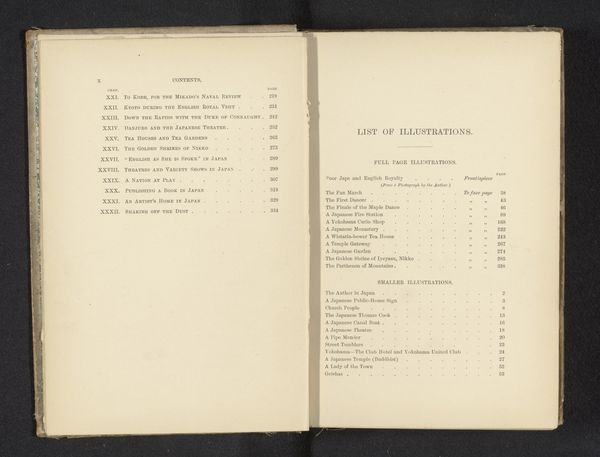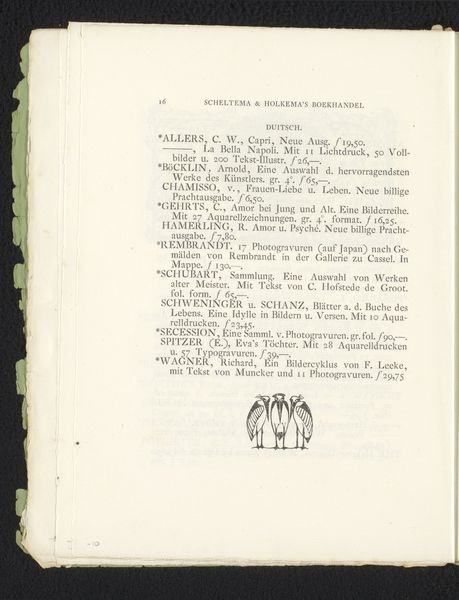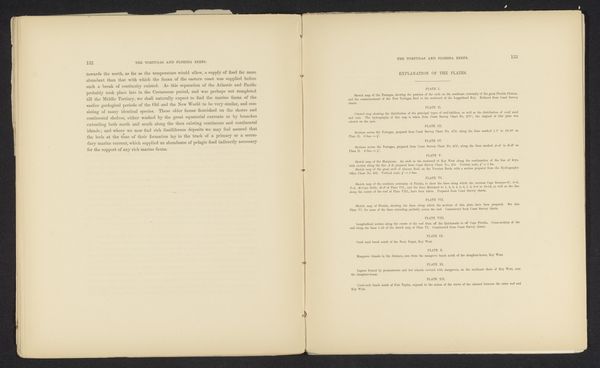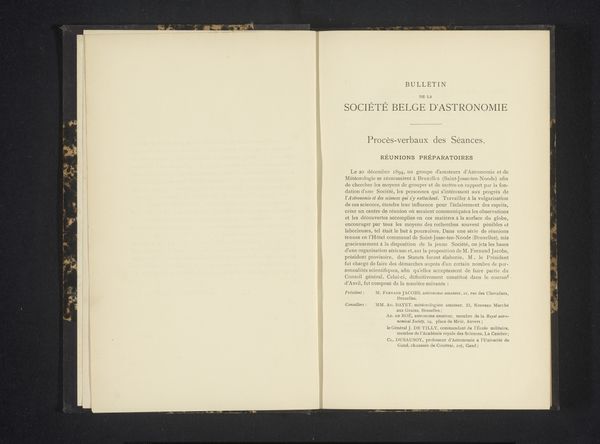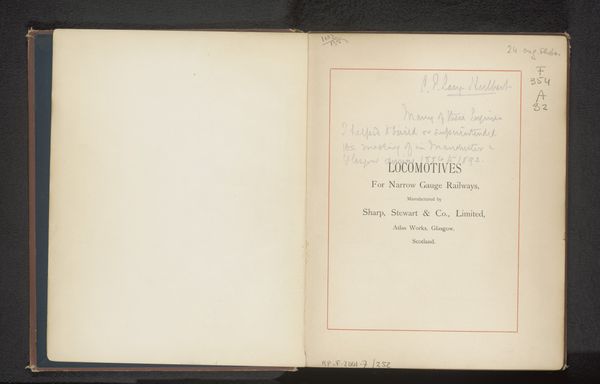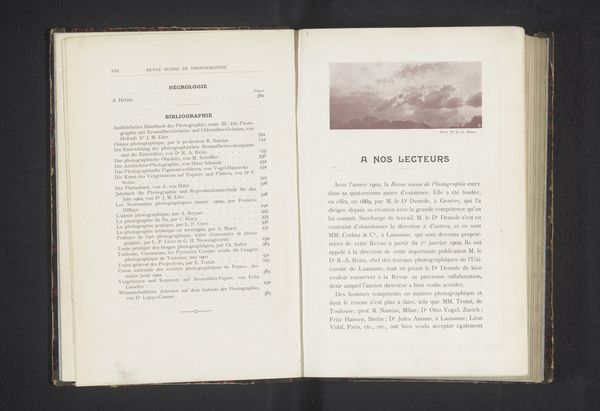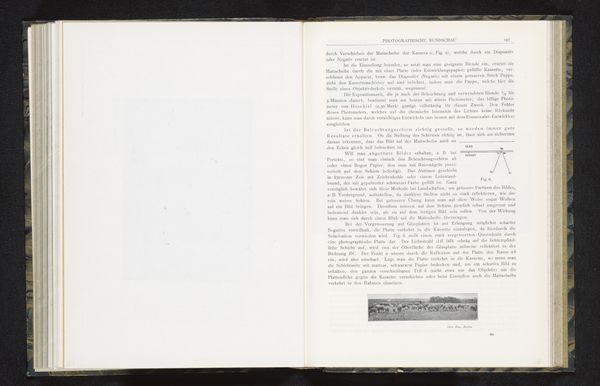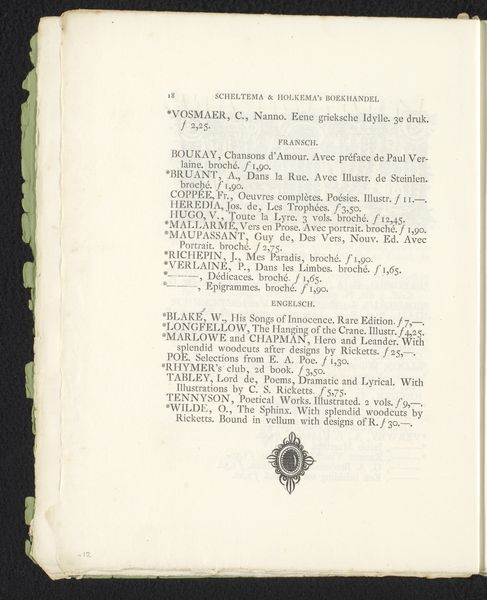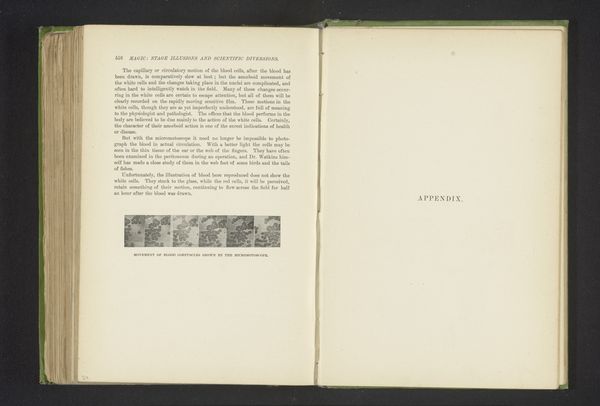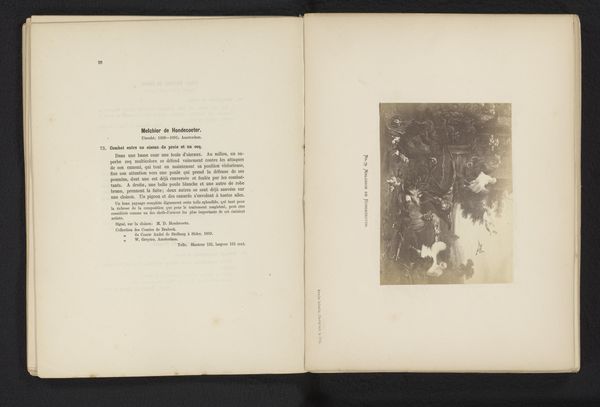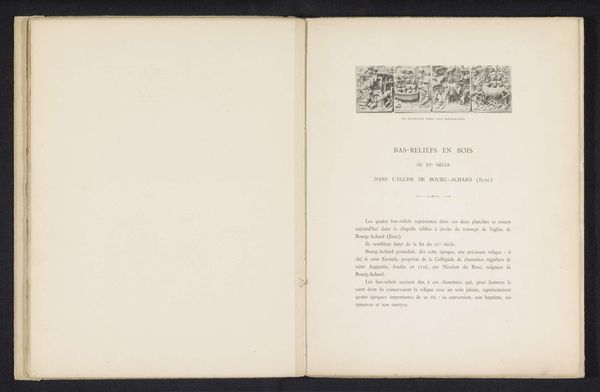
Cairo the city of the Caliphs a popular study of Cairo and its environs and the Nile and its antiquities 1901
0:00
0:00
print, photography
# print
#
book
#
ancient-egyptian-art
#
photography
Dimensions: height 199 mm, width 135 mm, thickness 30 mm
Copyright: Rijks Museum: Open Domain
Editor: This is a page from a 1901 print titled "Cairo the city of the Caliphs," featuring a list of illustrations, likely photographs, by Eustace Alfred Reynolds-Ball. There's something serene about this glimpse into a bygone era's view of Cairo. How does this simple list unlock the city for you? Curator: Serene is a perfect word! I feel transported, actually. You see, before the age of digital everything, books like this were portals. Each listing of an image—'The Sphinx,' 'The Tombs of the Caliphs'— was an invitation to a journey. This particular list intrigues me because it suggests a very specific kind of gaze. It blends architectural marvels, such as ‘The Mosque of Kait Bay’, with views accessible by everyday travels like ‘The Route to the Pyramids’. Editor: So, it's almost curatorial in itself, shaping how people saw Cairo through specific lenses, even back then. Do you think this reflects a Western fascination with Egypt at the time? Curator: Absolutely! The choices are very telling. What's included—and excluded—speaks volumes about what the audience of that time wanted to see and how they perceived the city. Notice how 'General View of Cairo’ is a ‘photogravure’. A photogravure was cutting-edge tech then, and suggests how eager publishers were to engage Western audiences with novel images of an alluring ‘Orient.’ Did the specific choice of imagery influence the way they thought about Cairo? It makes you wonder... Editor: It really does! I hadn’t considered how a list, seemingly so simple, could be such a powerful narrative device, even a century later. Curator: Lists are like skeletons, aren't they? Supporting the flesh of a story and whispering of eras long gone.
Comments
No comments
Be the first to comment and join the conversation on the ultimate creative platform.
